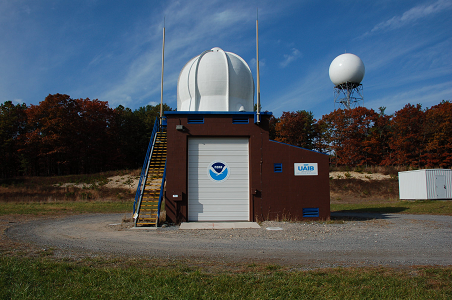 |
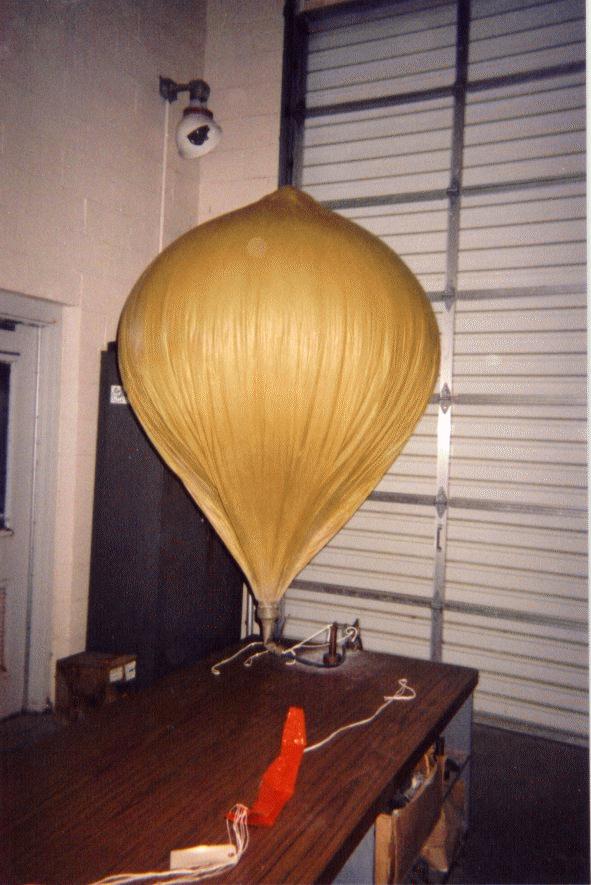 |
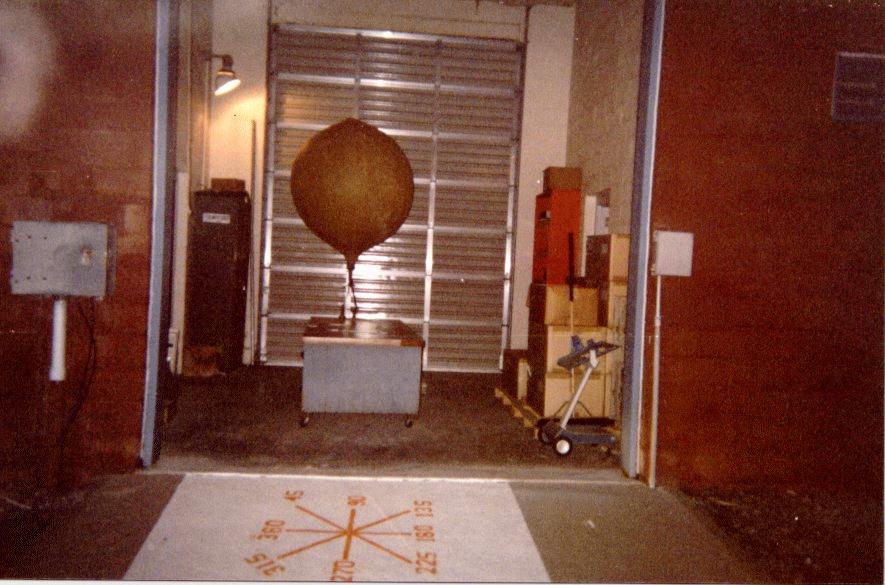 |
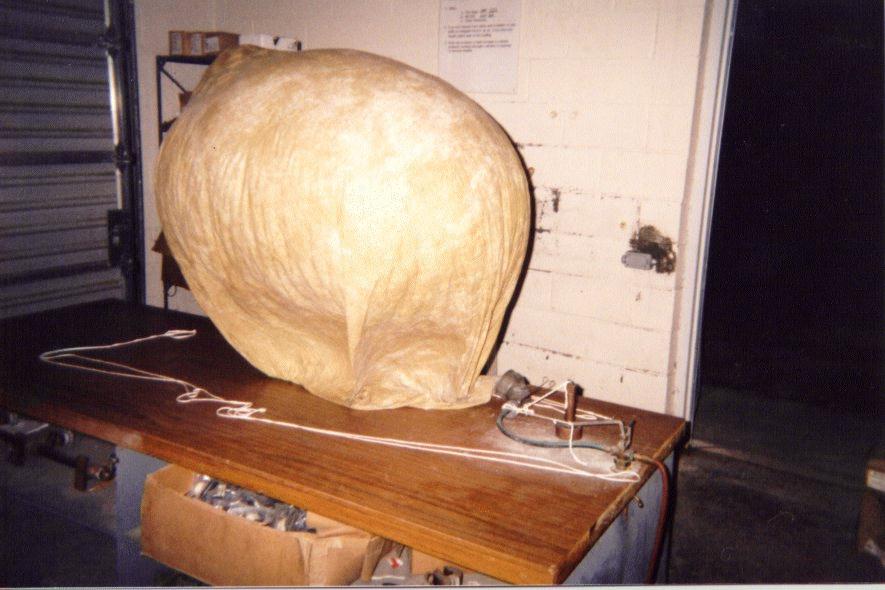 |
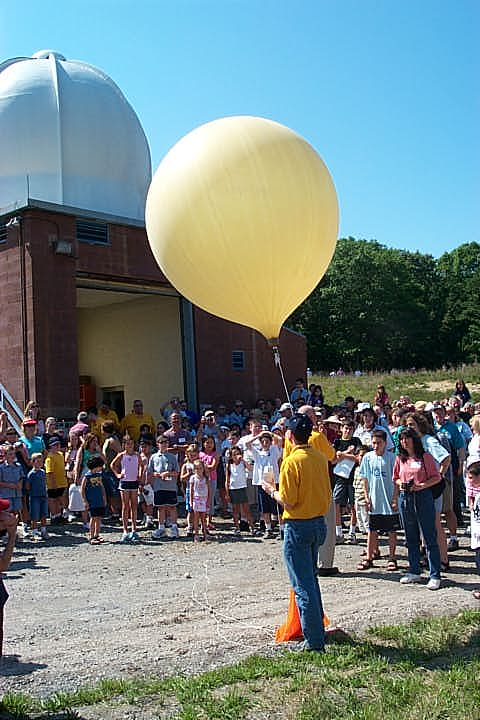 |
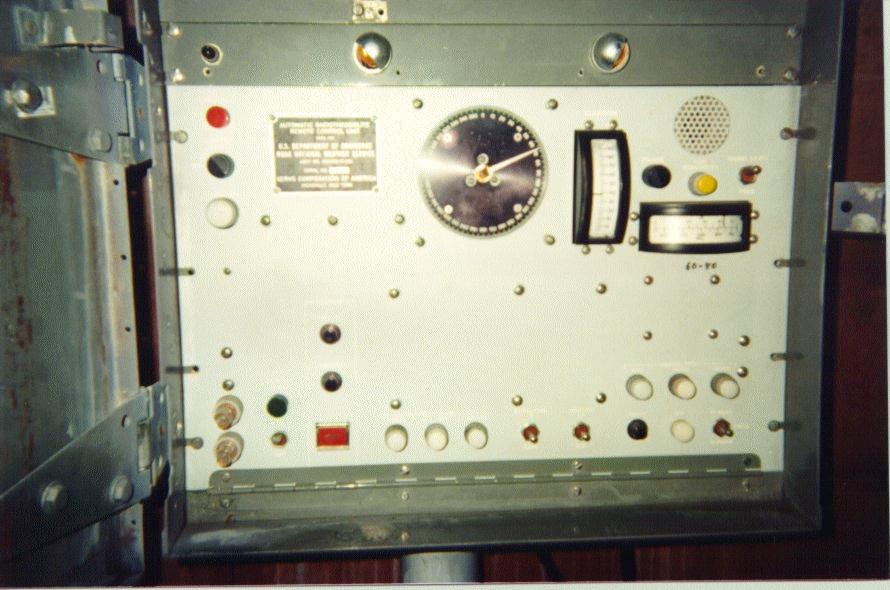 |
Weather Forecast Office, New York, NY (WFO OKX) is one of the select weather stations in the US that is part of the National Weather Service Upper-air Observations Program. There are only 92 Radiosonde stations in North America and the Pacific islands. Radiosondes provide upper-air data that are essential for weather forecasts and research. WFO OKX uses a GPS-based system called the Radiosonde Replacement System (RRS), which has replaced the Microcomputer Automatic Radio-theodolite (Micro-ART) system.
Weather balloons are launched from the upper air building which is located in a valley adjacent to the forecast office (pictured, top row left). They are filled with helium inside of the small building (pictured, top row center and right), then taken outside to launch (pictured, bottom row center). The helium, which is a very light gas, allows the balloon to reach heights of 60,000 feet above the earth's surface in about an hour. As the balloon rises, the atmosphere thins and the pressure outside the balloon decreases allowing the balloon to expand and eventually break. This usually happens within two hours of the launch at elevations of 80,000 to 120,000 feet.
An instrument, called a radiosonde, is tethered to the balloon (pictured, bottom row center). As the balloon rises through the air, the radiosonde measures temperature, relative humidity, and pressure. The radiosonde is equipped with Global Position System (GPS) technology. The RRS tracking and receiving equipment, the Telemetry Receiving System (TRS) and GPS, track and receive the radiosonde signals which contain the meteorological data. As the position of the radiosonde signal is tracked, wind data at various levels in the atmosphere is derived. The data is then sent to the Signal Processesing System (SPS) for decoding and becomes ready for analysis.
After the balloon flight is complete, a technician ensures the data is accurate before it is disseminated. Additional quality control checks are done at one of our national centers before the data is incorporated into computer models which meteorologists use to make their forecasts.
The balloons are launched from hundreds of locations around the world twice a day every day of the year. The launches occur simultaneously worldwide! This gives meteorologists a snapshot of the earth's three-dimensional atmospheric conditions.
Check out our most recent Upper Air Sounding Plot
from the 0000Z or 1200Z (8:00 p.m. or 8:00 a.m. EDT) Weather Balloon launch.
But what happens to the radiosonde when the balloon breaks? The radiosonde is protected by a styrofoam container, which cushions the radiosonde upon impact with the ground. However, a small parachute will also pop out as the radiosonde falls, slowing its descent.
Are the radiosondes returned? Frequently, the radiosondes are discovered in a pasture, grove of trees, creek, peoples' backyards and other locations. A self-addressed postage-paid envelope, which is in a compartment of the radiosonde container, can be used to return the radiosonde to a reconditioning center for repair, and eventual reuse. Most of the radiosondes launched from this office follow the prevailing wind and wind up dropping into the North Atlantic Ocean, never to be recovered.
|
|
|
|
|
|
|
|
|
|
|
|
|
|